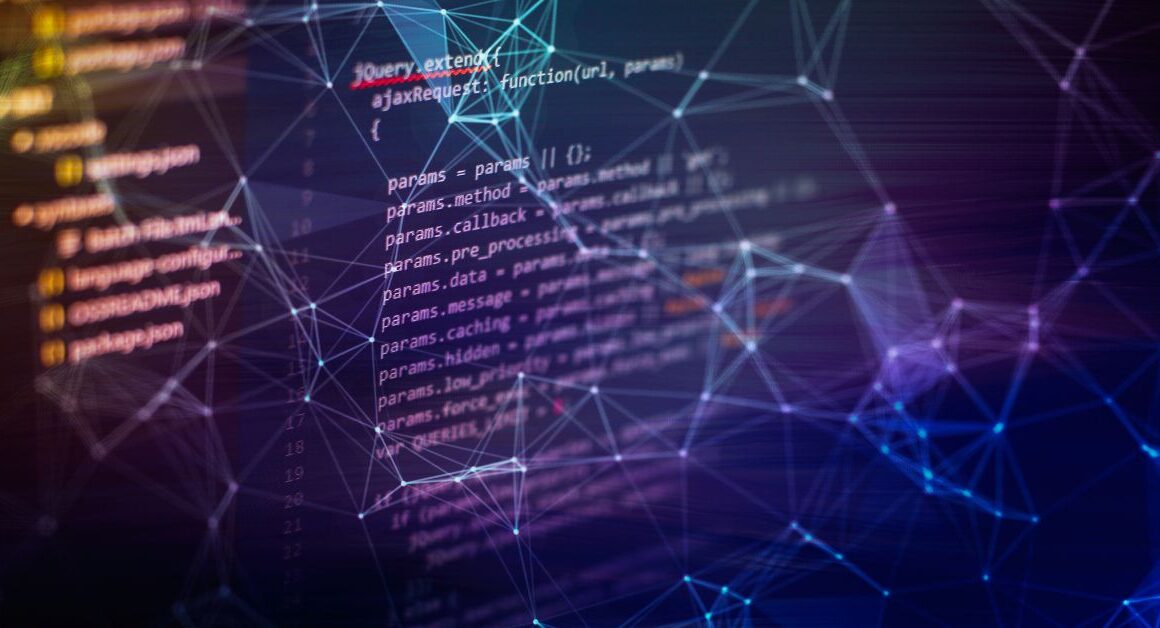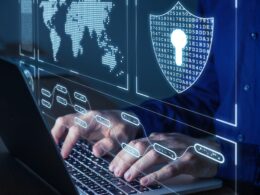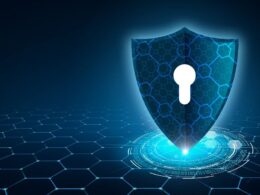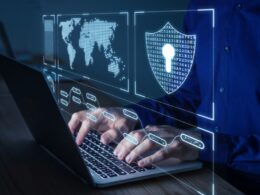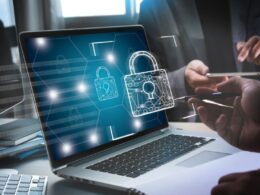Cyber security monitoring refers to the continuous tracking and analysis of an organization’s IT infrastructure and systems to detect cyber threats and anomalies.
It involves collecting data from various sources like networks, endpoints, applications, databases, and more. This data is then correlated and analyzed using specialized tools to identify security events and incidents.
Effective cyber security monitoring provides visibility into IT environments, helps detect breaches and compromises early, and facilitates prompt response and remediation. It is a critical component of a robust cyber defense strategy.
Table of Contents
Why is Cyber Security Monitoring Crucial?
Here are some key reasons why continuous cyber security monitoring is indispensable:
- Detect threats proactively: Many cyber attacks and malware remain undetected for months. Continuous monitoring helps spot anomalous activity that could indicate an attack.
- Faster incident response: By detecting threats early, organizations can contain attacks and mitigate damage quickly.
- Meet compliance mandates: Industries like finance and healthcare have regulations that require cyber security monitoring to protect sensitive data.
- Gain visibility: Monitoring sheds light on weak spots like unpatched systems, inactive users still on the network, risky employee actions, and more.
- Enable a proactive security posture: With improved visibility and threat intelligence, organizations can strengthen defenses proactively.
- Reduce costs: It is less expensive to prevent breaches through monitoring than to deal with the fallout of major incidents.
Cyber Threats that Monitoring Safeguards Against
Some key cyber threats that continuous security monitoring aims to prevent include:
- Malware infections: Malicious software like viruses, worms, and trojans can destroy data, steal information, encrypt files for ransom, or enable remote access for attackers.
- Insider threats: Malicious insiders are among the biggest cyber security risks. Monitoring employee actions can deter fraud or data theft.
- Phishing attacks: Deceptive emails aimed at stealing login credentials or spreading malware are still dangerously common. Monitoring can detect phishing campaigns early.
- Network intrusions: Hackers use techniques like SQL injection, cross-site scripting, and buffer overflows to breach networks. Monitoring looks for such exploits.
- Data exfiltration: Once inside a network, attackers often aim to sneakily extract sensitive data over weeks or months. Monitoring network traffic can detect unusual transfers.
- Account hijacking: Taking over user accounts through stolen credentials or brute force attacks is a simple way for attackers to gain access. Monitoring aims to detect such account takeovers.
- Distributed denial-of-service (DDoS) attacks: Monitoring network traffic patterns can help reveal DDoS attacks aimed at overwhelming systems and websites with junk traffic.
Components of a Cyber Security Monitoring System
A comprehensive cyber security monitoring system requires collecting and analyzing data from multiple sources, including:
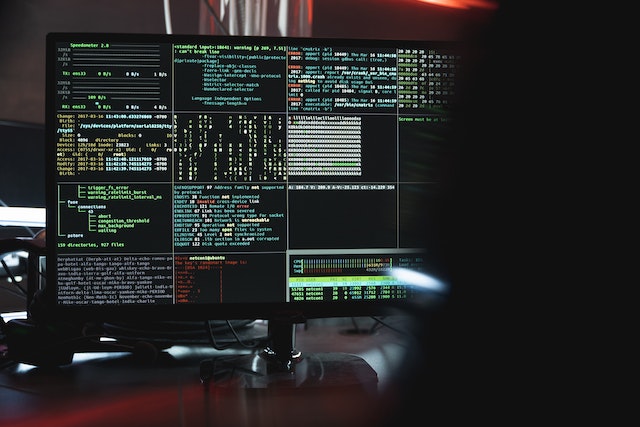
- Network monitoring: Inspecting inbound and outbound network traffic using technologies like intrusion detection and prevention systems.
- Endpoint monitoring: Tracking activity and events on end-user devices like desktops, laptops, and mobile devices.
- Database monitoring: Auditing transactions and changes to critical databases containing sensitive data.
- Application monitoring: Logging application usage patterns and events to detect anomalies or exploits.
- Access and user monitoring: Tracking user logins, file accesses, permissions usage, and administrative actions.
- Operations monitoring: Centralized monitoring of servers, system logs, performance metrics, and configurations.
- Email monitoring: Scanning inboxes for phishing attempts, malware attachments, and suspicious sends and receives.
- Third party monitoring: Tracking activity by external contractors, vendors, and cloud services.
Creating an Effective Cyber Security Monitoring Strategy
Here are key steps for organizations to implement continuous monitoring securely and effectively:
- Define monitoring objectives, requirements, and priorities based on risk profile.
- Select monitoring tools that align with use cases and can integrate well. Avoid tool sprawl.
- Establish policies for data collection, retention, analysis, and alerting based on priorities.
- Monitor regulated data and high-risk areas more frequently and deeply. Balance monitoring breadth and depth.
- Develop automated alert rules and thresholds tuned to the organization’s normal activity.
- Have skilled staff to regularly analyze monitoring data streams and findings.
- Create and continually test response plans for common serious monitoring alerts.
- Report monitoring results to executives and utilize findings to strengthen defenses.
Implementing Robust Cyber Security Monitoring
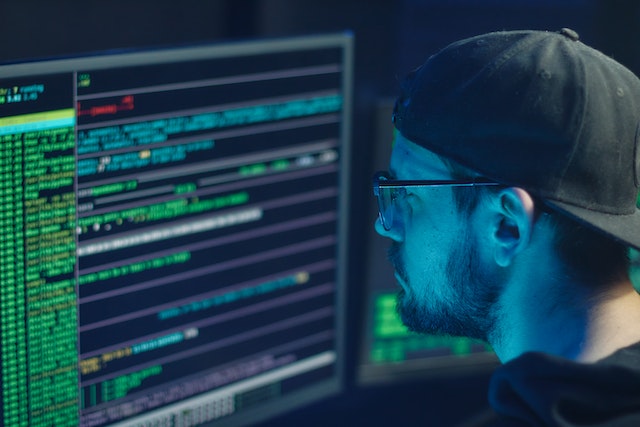
Choosing the Right Monitoring Tools
The cornerstone of effective cyber security monitoring is deploying the right tools for collecting, analyzing, and visualizing monitoring data. Important criteria include:
- Capabilities match priority use cases like phishing detection, insider threats, intrusions, etc.
- Integrates well with existing security infrastructure like SIEMs and dashboards.
- Provides high quality alerting with customizable rules and thresholds.
- Analytics features like machine learning and user behavior analytics add value.
- Scales well with data sources, network size, and monitored assets.
- Easy to use features like pre-configured reports, customizable dashboards, and workflow automation.
- Role-based access control and granular permissions enable separation of duties.
- Robust retention and archiving of monitoring data to assist investigations.
- Vendor has strong reputation, support services, and financial stability.
Key Metrics and Events to Monitor
While each organization has unique monitoring needs, some key metrics and events to watch for include:
Network: Bandwidth usage patterns, protocol distribution, geo-location of traffic, blocked/denied connections, blacklisted IPs.
Endpoints: Anti-malware alerts, running processes and services, login and account changes, USB device connections, software installs.
Databases: Large transactions, failed logins, permission changes, DML queries, schema alterations.
Applications: Errors, response time, logins and transactions, file uploads/downloads.
Users: Logins, failed access attempts, data usage patterns, administrator actions.
Operations: CPU, memory and storage usage, temperature, fan speed, system crashes.
Email: Attachments, links clicked, suspicious headers and content, abnormal send/receive volumes.
Leveraging AI and Machine Learning
Artificial intelligence and machine learning have become invaluable for modern cyber security monitoring by enabling:
- Detection of previously unknown threat variants and zero-day exploits that rules may miss.
- More accurate anomaly detection is based on an organization’s unique activity patterns.
- Automated analysis of massive amounts of monitoring data that humans cannot process alone.
- Adaptive systems that continuously improve detection rates and reduce false positives over time.
- Behavioral analysis spots insiders through unusual actions like abnormal data access.
- Prioritized and contextualized alerts that save analysts time.
Integrating Disparate Monitoring Tools
Most organizations use a mix of monitoring tools like firewalls, endpoint detection and response (EDR), SIEMs, and others. To enable unified monitoring:
- Consolidate monitoring data into a central SIEM.
- Use log management solution to aggregate and normalize data.
- Leverage APIs to streamline collection from various sources.
- Correlate insights between tools for greater context.
- Deduplicate alerts and reduce noisy false positives.
- Single search and reporting interface.
24/7 Monitoring and Alerting
Effective monitoring requires:
- Security operations center (SOC) with staff monitoring 24/7 or managed detection and response (MDR) partner.
- Configuring alerting policies for critical events – sending alerts to proper recipients.
- Tuning alert rules regularly to reduce false positives based on normal behavior.
- Alert escalation procedures for responding to urgent, high-risk alerts.
- Automating repetitive tasks like blocking malicious IPs.
- Maintaining overall alert volume at a manageable level.
Ensuring Proper Log Analysis and Retention
Logs are vital for monitoring and investigations. Organizations should:
- Standardize log formats, timestamping, and metadata across sources.
- Aggregate logs into a central repository for easier analysis.
- Profile typical log volumes by source for alerting on anomalies.
- Retain log data beyond basic regulatory requirements – 1-year minimum.
- Sora logs securely so they maintain integrity for forensics.
- Control access to logs based on staff roles.
Maintaining Effective Cyber Security Monitoring

Regular Testing and Auditing
Ongoing assessment is key for consistent monitoring coverage. Organizations should:
- Penetration test systems and address vulnerabilities identified.
- Audit log sources regularly for gaps, format changes, or missing data.
- Test monitoring rules and reports for accuracy and coverage.
- Review tool features and configurations vs. best practices.
- Assess staff monitoring proficiency with tabletop exercises.
- Initiate mock incidents to evaluate alerting and response.
Keeping Monitoring Tools Updated
Like all software, monitoring tools need ongoing maintenance:
- Keep tools like antivirus, EDR, and SIEMs updated with the latest security patches.
- Upgrade to the latest feature releases when feasible to inherit new capabilities.
- Update and optimize configurations as networks, data, and threats evolve.
- Expand tools to monitor new assets, data repositories, and cloud environments.
- Replace outdated tools lacking vendor support or necessary integrations.
Ongoing Personnel Training
Monitoring staff need continuous skills development to keep pace with threats. Effective training approaches:
- Send analysts to formal cyber security training conferences and workshops.
- Teach SOC staffers how to leverage the newest tool features.
- Schedule regular refresher sessions on policies, workflows, and response plans.
- Foster internal knowledge sharing between veteran and junior personnel.
- Stay up to date on the latest attacker TTPs and trends.
Updating Monitoring as Threats Evolve
As the threat landscape changes, monitoring needs to evolve too:
- Adjust rules and reports to detect new attacker tradecraft.
- Monitor emerging enterprise environments like OT, IoT, and cloud.
- Watch for rising attack trends like ransomware-as-a-service.
- Refocus monitoring priorities based on shifting regulatory emphasis.
- Take advantage of new features in monitoring tools.
Monitoring Third Party Vendors and Suppliers
Third-party risk requires monitoring as well:
- Enforce cyber security stipulations in vendor contracts.
- Require risk assessments and security reports from key partners.
- Perform audits and site visits to review suppliers’ protections.
- Limit vendor access to sensitive data and systems.
- Monitor vendor connections to on-premise and cloud environments.
Conclusion
Robust cyber security monitoring provides tremendous protection and risk reduction for organizations. By combining modern monitoring tools with strong policies, analysis, and personnel, security teams can detect threats early and respond swiftly. Monitoring is integral for a proactive cyber defense program.
Organizations should continually assess their monitoring capabilities and strategy to provide maximum visibility and protection.
FAQs
What are the main benefits of cyber security monitoring?
The key benefits are early threat detection, rapid incident response, compliance assurance, increased visibility, and strengthened defenses.
What are good sources of data for monitoring?
Top data sources include network traffic, endpoints, log files, applications, databases, user behaviors, and cloud APIs.
What tools are typically used for monitoring?
Common tools include SIEMs, intrusion detection/prevention, firewalls, EDR, user behavior analytics, honeypots, and file integrity monitoring.
How much log data should be retained for investigations?
Experts recommend keeping at least one year’s worth of log data, with many organizations electing to retain several years’ worth.
How often should cyber security monitoring tools be updated?
Key monitoring tools should be updated at least quarterly, or more frequently if needed to address emerging threats.





